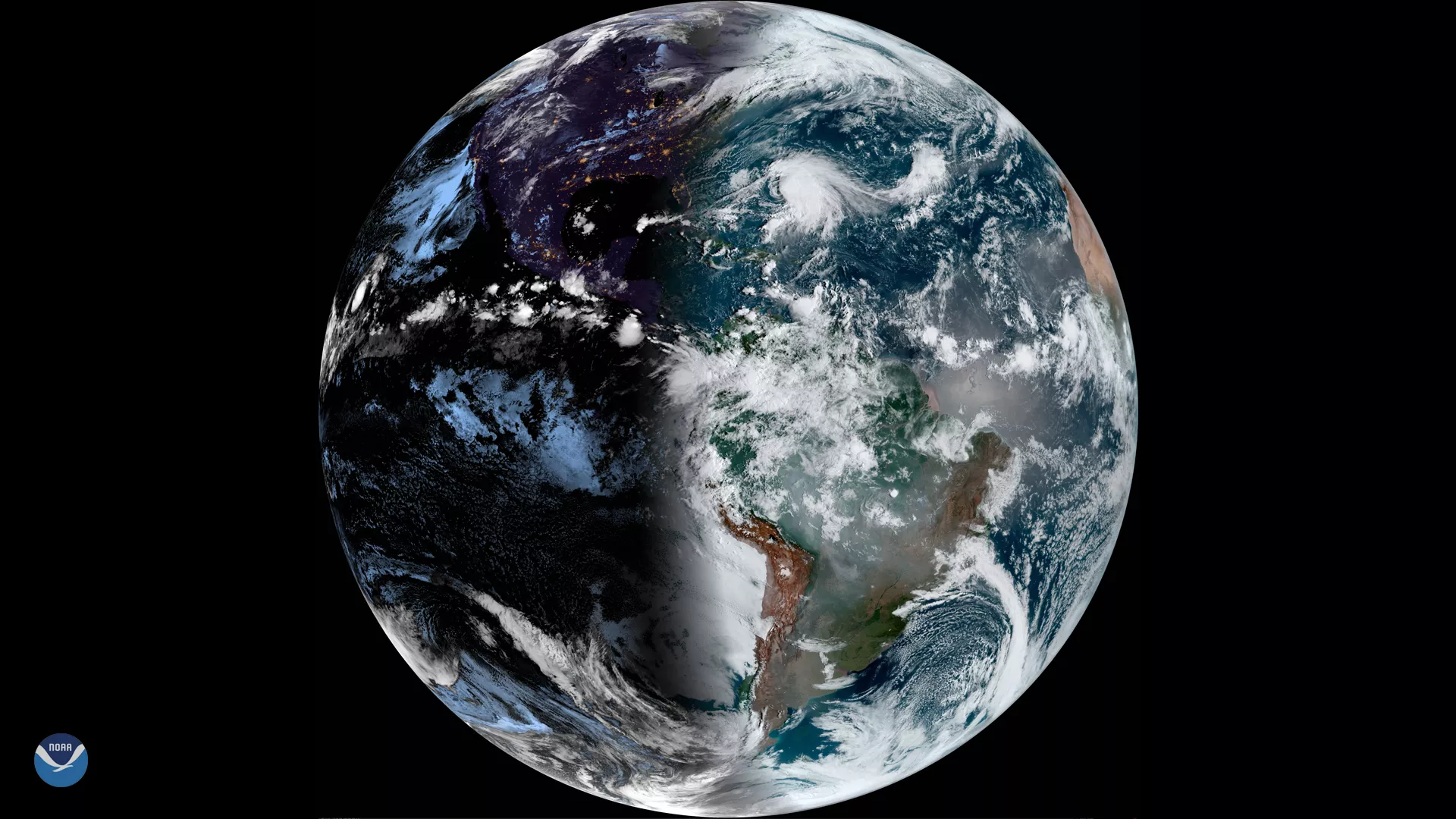
‘Tis the season of pumpkin-spice everything, so it must be fall, right? Many of us associate the season with not just the new flavor of the month, but also an end to the sweltering heat of the Northern Hemisphere’s summer. With autumn comes that brisk chill that makes us bundle up in our coziest sweaters while enjoying the splendor of fall’s colorful leaves.
This year, the official start of fall — the Autumnal Equinox — was Monday, Sept. 23, 2019 at 3:50 a.m. EDT. However, the first day of fall can range from Sept. 21 through Sept. 24. This date signifies the start of the astronomical season, since on the equinox (Latin for “equal night”), the sun is located directly above the Earth’s equator. This causes day and night to be roughly equal in length at all latitudes. They aren’t completely equal however, since our atmosphere refracts the sun’s light, which causes the sun to appear above the horizon before it actually rises and delays the sunset until after it has actually set, according to astrophysicist, Neil deGrasse Tyson.
There is a difference, however, between astronomical fall and meteorological fall, which began on Sept. 1. Meteorological seasons begin on the first day of the months that include the equinoxes and solstices. This year, fall will officially end and winter will officially begin on the winter solstice, on Saturday, Dec. 21 at 11:19 p.m. EST. Meteorological winter begins December 1.
(Note: This GOES East image was captured on Sept 23, 2019, at 8:00 a.m. EDT)
The GOES East geostationary satellite, also known as GOES-16, keeps watch over most of North America, including the continental United States and Mexico, as well as Central and South America, the Caribbean, and the Atlantic Ocean to the west coast of Africa. The satellite's high-resolution imagery provides optimal viewing of severe weather events, including thunderstorms, tropical storms, and hurricanes.
